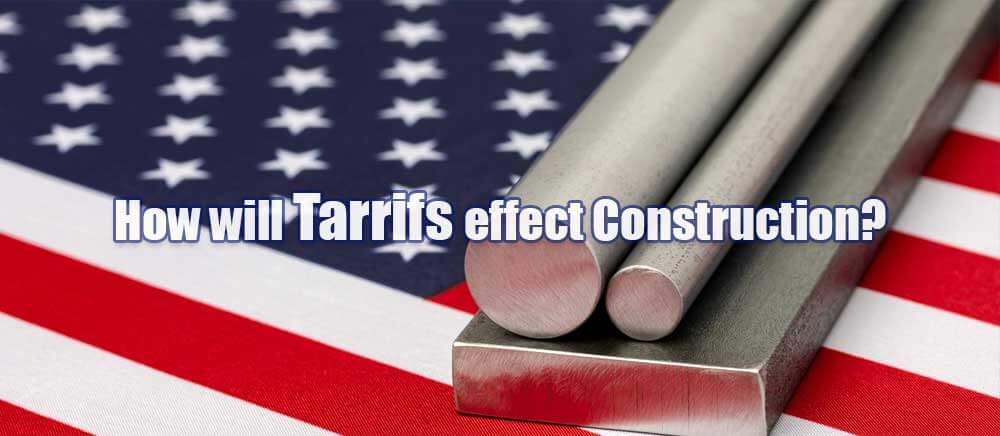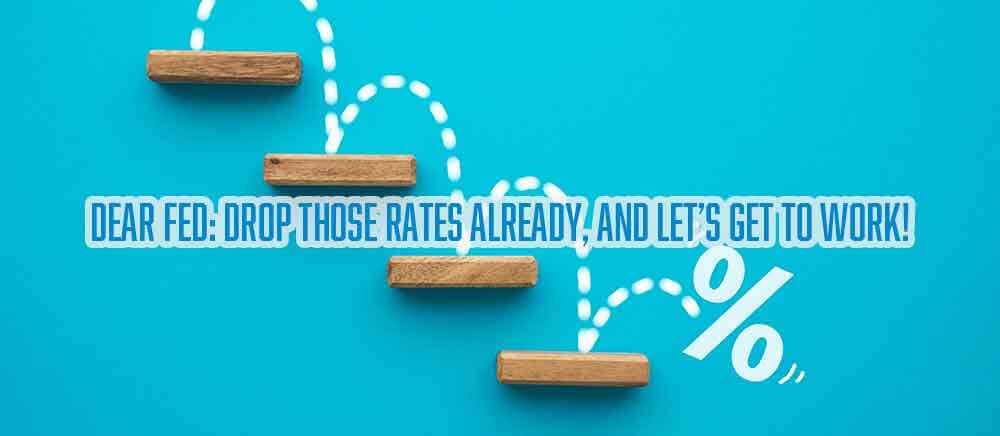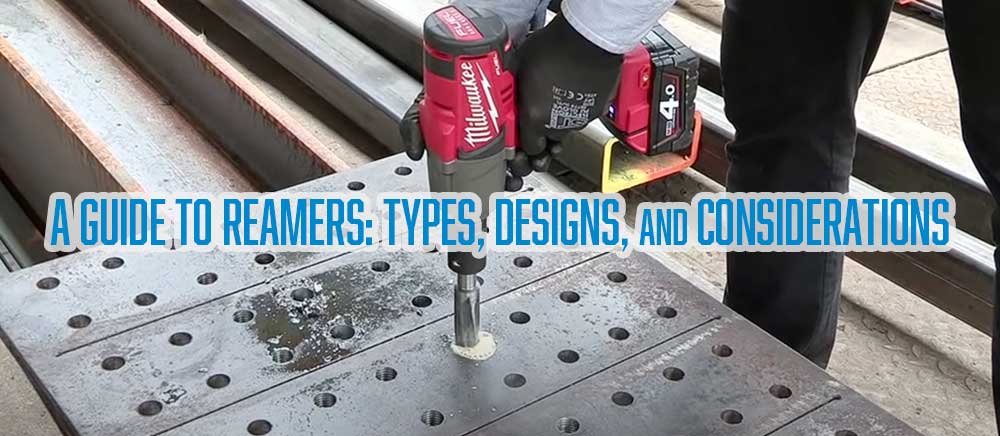Will Tariffs Help or Hurt the U.S. Construction Sector?
Tariffs have long been a tool of trade policy, used by governments to protect domestic industries from foreign competition. In recent years, debates around tariffs on imported construction materials—like steel, aluminum, and lumber—have resurfaced as the U.S. grapples with inflation, supply chain challenges, and a housing affordability crisis.
The question is complex: Will tariffs help or hurt the U.S. construction sector? While tariffs may offer some benefits to domestic producers, the broader impact on construction is likely to be more negative—at least in the short to medium term. Let’s explore both sides of the issue.
Potential Benefits of Tariffs for U.S. Construction
While many industry experts express concern about tariffs, there are a few key areas where they could theoretically benefit parts of the construction sector.
1. Boost for Domestic Material Suppliers
One of the primary goals of tariffs is to make imported goods more expensive, which can level the playing field for domestic producers. In the context of construction, tariffs on imported steel, aluminum, lumber, and tools could drive up demand for American-made alternatives.
This shift could give a boost to domestic manufacturers, such as steel mills, sawmills, and toolmakers. Increased demand may lead to the expansion of operations and potentially generate more jobs in these industries. For towns and regions with a manufacturing base, this could be a much-needed economic win.
2. Reduced Foreign Competition for U.S. Companies
Tariffs could also offer a competitive edge to U.S.-based companies that manufacture construction materials. With fewer inexpensive foreign products flooding the market, American firms might be able to stabilize prices and capture more market share.
This pricing power could translate to more predictable revenue for suppliers and possibly even more stable pricing for contractors in the long run—though much would depend on how quickly domestic supply can ramp up.
3. Encouragement for Domestic Investment
Tariffs might incentivize companies to invest in new production facilities or expand existing ones to meet growing demand for domestic materials. This kind of capital investment could create ripple effects across the economy, from construction jobs building the new plants to long-term employment within them.
If these investments are successful, the U.S. might eventually build a more self-reliant and resilient construction materials industry.
4. Long-Term Strategic Independence
The COVID-19 pandemic exposed vulnerabilities in global supply chains, especially in sectors like construction that depend heavily on foreign-sourced materials. By encouraging localized production, tariffs could help reduce the sector’s dependence on volatile international markets.
A more self-sufficient U.S. construction sector might be better insulated from global disruptions in the future, potentially leading to more stable pricing and project timelines.
Why Tariffs Likely Hurt the Construction Sector Overall
Despite potential benefits for material suppliers, the broader construction industry—especially builders, developers, and consumers—is likely to feel more pain than gain from tariffs.
1. Higher Material Costs = More Expensive Projects
Steel, aluminum, and lumber are essential components in residential, commercial, and infrastructure construction. When tariffs drive up the cost of these materials, the effect ripples through every stage of a project.
Higher input costs increase expenses for contractors and developers, who often pass those costs on to the end consumer. This can lead to more expensive homes, buildings, and public works—further straining affordability, particularly in housing markets already under pressure.
2. Project Delays and Cancellations
Many construction projects operate within tight budget constraints. When material costs rise unexpectedly due to tariffs, some planned projects may no longer be financially viable.
This is especially problematic for infrastructure and affordable housing projects that rely on public or fixed funding. Delays, redesigns, or outright cancellations can slow down economic growth and stall community development.
3. Higher Interest Rates and Financing Costs
Tariffs often contribute to inflation by increasing the cost of goods and materials. In response to rising inflation, the Federal Reserve may raise interest rates, which directly impacts the cost of borrowing.
For developers and contractors who rely on loans to finance construction projects, higher interest rates can significantly reduce profitability—or make some projects unaffordable to pursue altogether. As a result, new construction may slow, deepening supply shortages and driving up prices further.
4. Risk of Retaliatory Tariffs
Tariffs rarely go unanswered. If the U.S. imposes duties on imports, other countries may retaliate with tariffs on American exports. This could hurt U.S. industries that support the construction sector, including heavy machinery, equipment manufacturing, and architectural and engineering services.
A broader trade war could create economic uncertainty and disrupt markets beyond just construction, potentially weakening the economy as a whole.
5. Limited U.S. Capacity to Replace Imports
One of the biggest hurdles to a tariff-based strategy is that the U.S. currently lacks the capacity to fully replace imported construction materials with domestic production. Scaling up steel mills, aluminum plants, and lumber operations takes time—often years.
In the meantime, contractors are left with higher prices and fewer options. Even if long-term investments are made, they don’t solve the immediate problem of affordability and availability.
Short-Term Pain, Long-Term Uncertainty
So, what’s the bottom line?
In the short term, tariffs almost certainly raise construction costs and reduce the volume of new projects. This can contribute to housing shortages, slow infrastructure development, and increase financial pressure on both builders and buyers.
Over the long term, if tariffs successfully incentivize domestic investment and expand U.S. production capacity, there could be benefits—such as greater industry resilience and job creation in materials manufacturing. However, these benefits hinge on significant follow-through from both the private sector and policymakers.
Without adequate investment in domestic supply chains, tariffs may do more harm than good by raising costs without delivering the promised economic gains.
Conclusion: A Balancing Act for Policymakers
For policymakers, the challenge is to strike a balance between supporting American industries and ensuring that construction remains affordable and accessible. Tariffs may offer strategic benefits, but they come with trade-offs that affect every link in the construction chain—from raw materials to finished buildings.
As the U.S. continues to address critical issues like housing affordability and infrastructure modernization, decisions around trade policy must be made with a clear understanding of their ripple effects across the economy.





